www.imps.ethz.ch
Read about the funded project that aims to accelerate the development of chemical catalyst: ethz.ch/en/news-and-...
Read about the funded project that aims to accelerate the development of chemical catalyst: ethz.ch/en/news-and-...
Read about the funded project that aims to accelerate the development of chemical catalyst: ethz.ch/en/news-and-...

A great opportunity for early-career researchers to lead interdisciplinary projects on the origin & prevalence of life.
Learn more and apply: shorturl.at/RfjJJ

A great opportunity for early-career researchers to lead interdisciplinary projects on the origin & prevalence of life.
Learn more and apply: shorturl.at/RfjJJ
Program:

Program:
pubs.acs.org/doi/10.1021/...

pubs.acs.org/doi/10.1021/...


pubs.acs.org/doi/10.1021/...
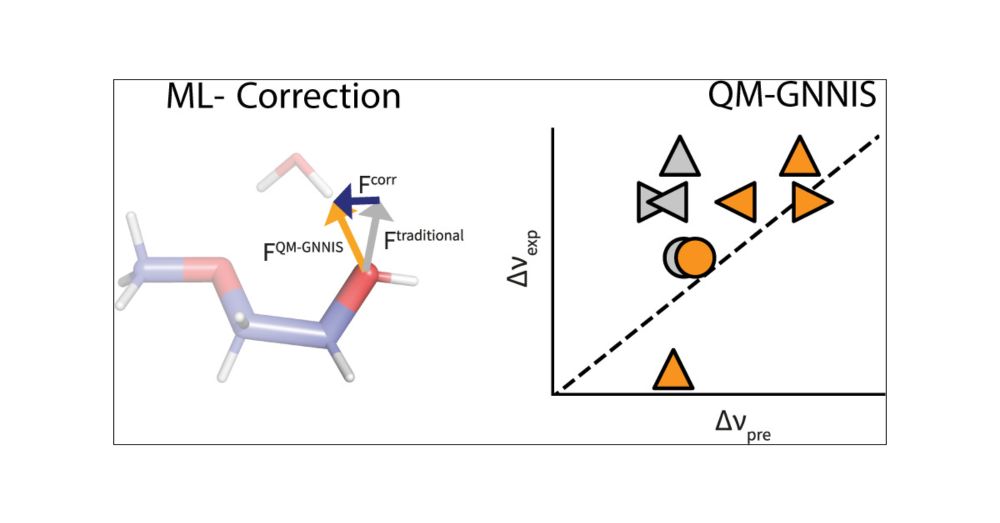
pubs.acs.org/doi/10.1021/...
#OnThisDay in 1925, in a letter to Wolfgang Pauli, Werner Heisenberg revealed his new ideas, which were to revolutionise physics.
Read more: home.cern/news/news/ph...
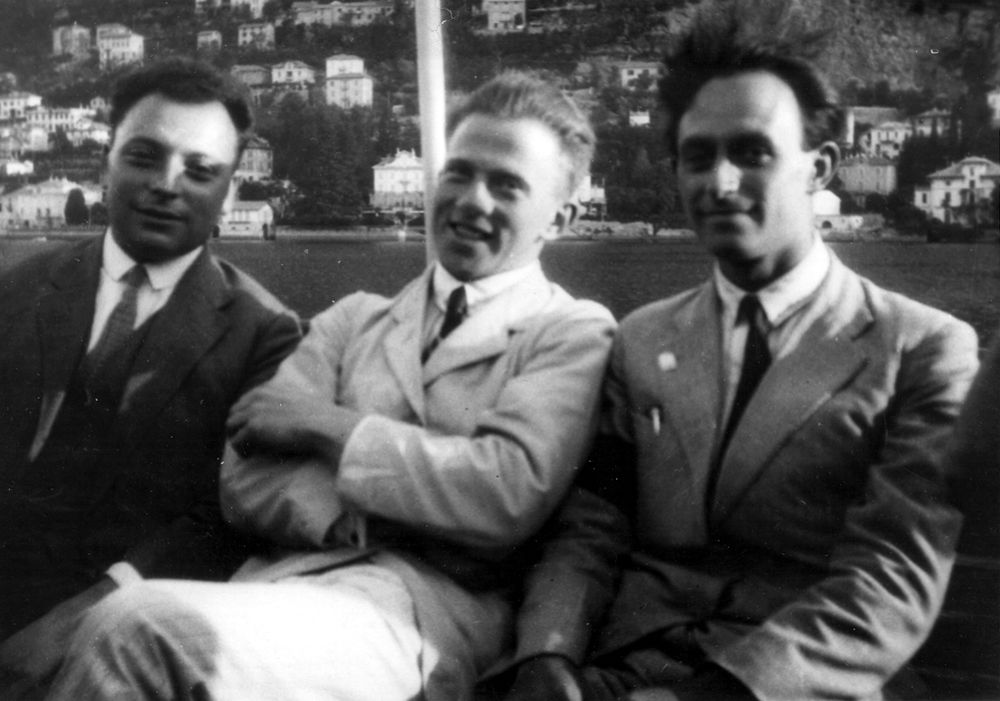
#OnThisDay in 1925, in a letter to Wolfgang Pauli, Werner Heisenberg revealed his new ideas, which were to revolutionise physics.
Read more: home.cern/news/news/ph...
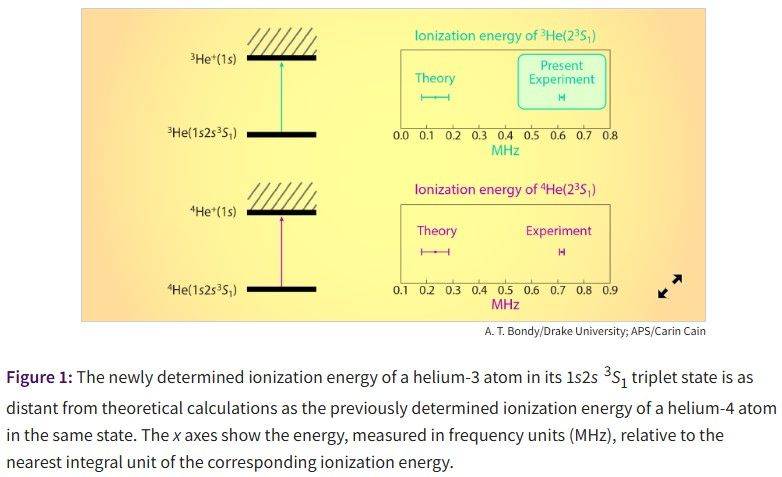
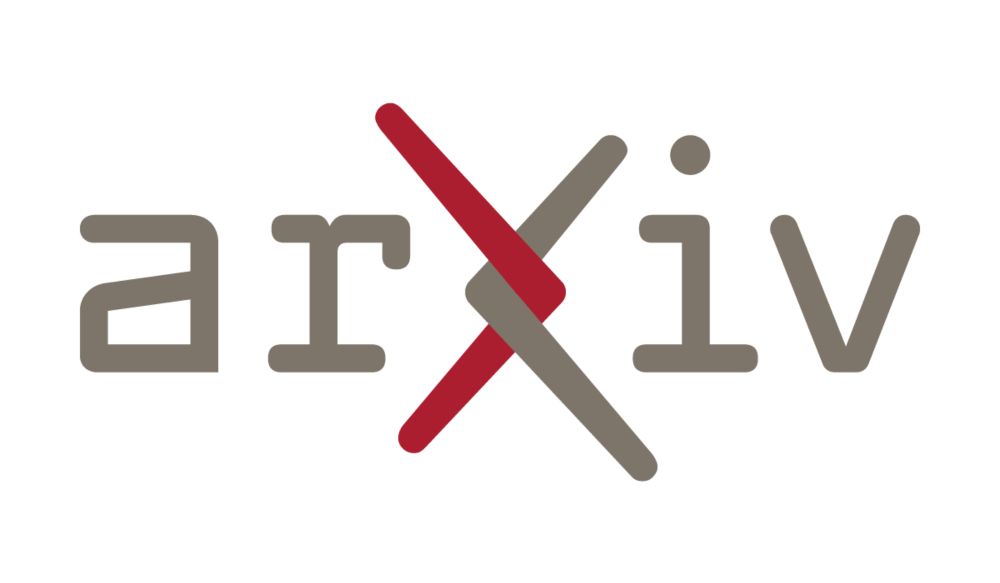
pubs.acs.org/doi/10.1021/...
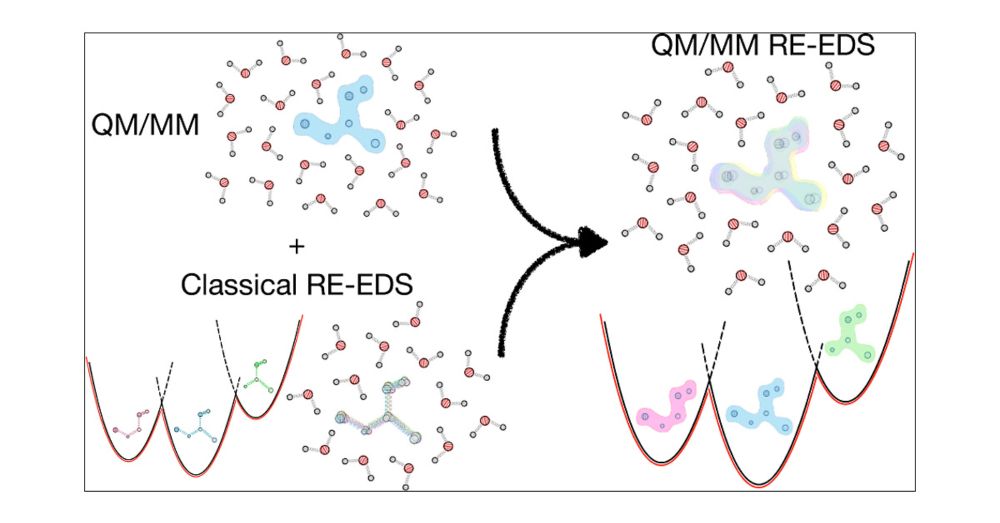
pubs.acs.org/doi/10.1021/...

For further information: chab.ethz.ch/en/research/...
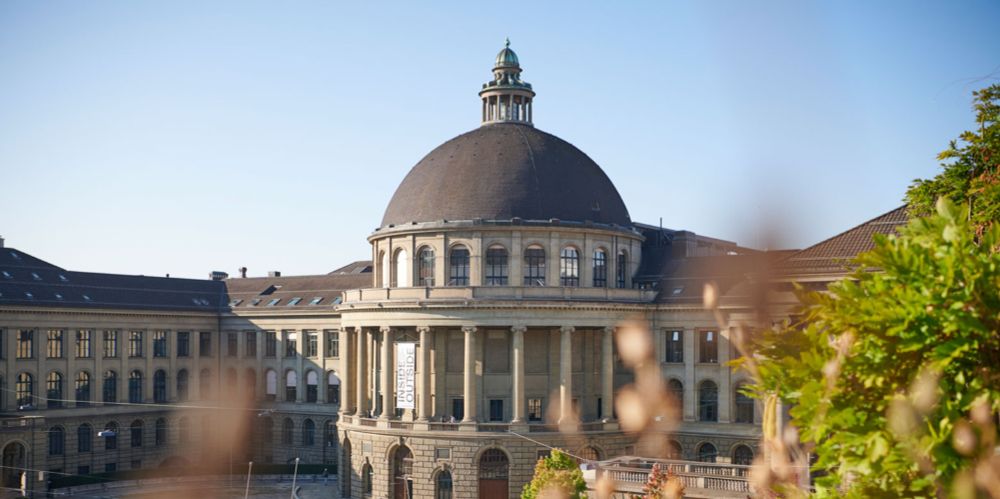
For further information: chab.ethz.ch/en/research/...
Weitere Informationen hier: jobs.ethz.ch/job/view/JOP...
Und hier: chab.ethz.ch/forschung/in...
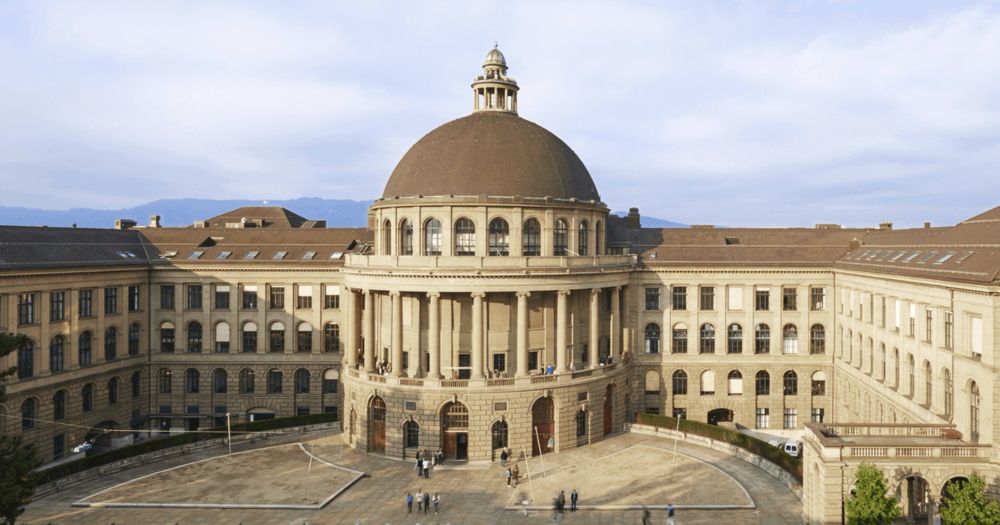
Weitere Informationen hier: jobs.ethz.ch/job/view/JOP...
Und hier: chab.ethz.ch/forschung/in...
Details in the job ad: jobs.ethz.ch/job/view/JOP...

Details in the job ad: jobs.ethz.ch/job/view/JOP...
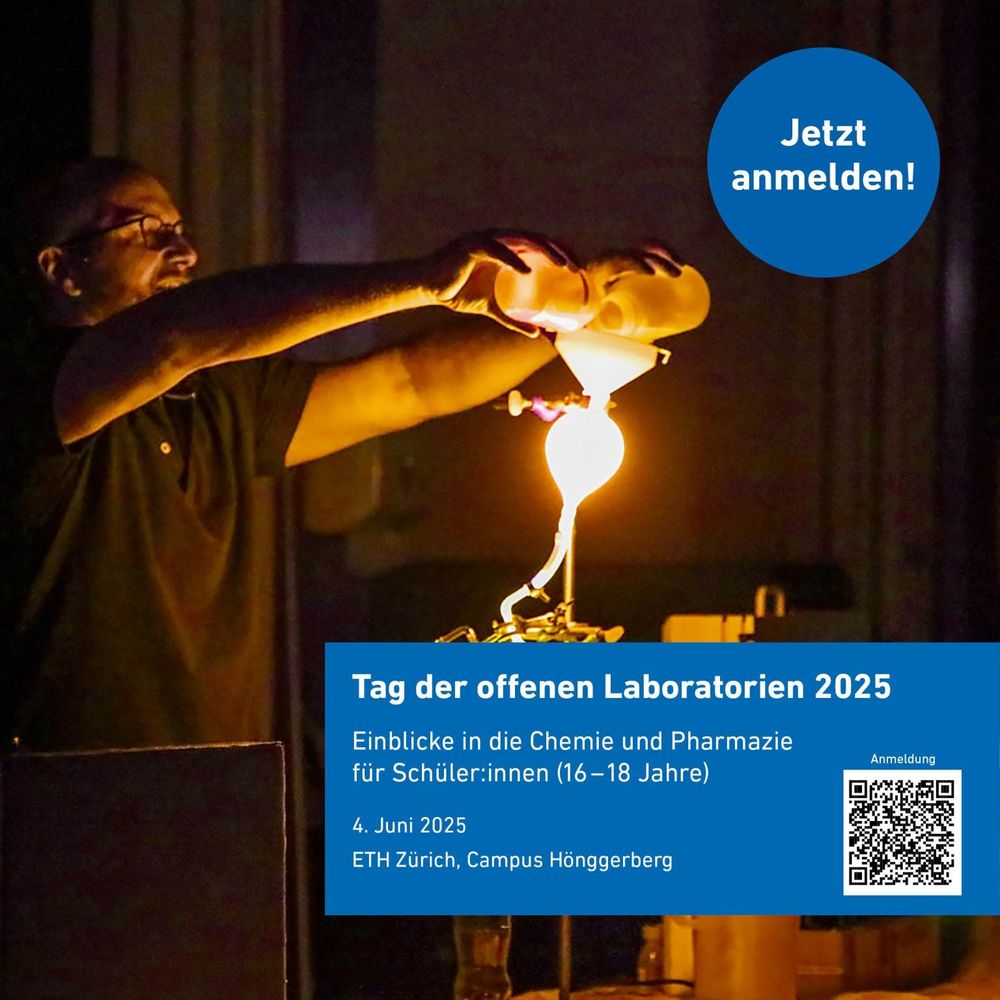
ieeexplore.ieee.org/document/109...
ieeexplore.ieee.org/document/109...
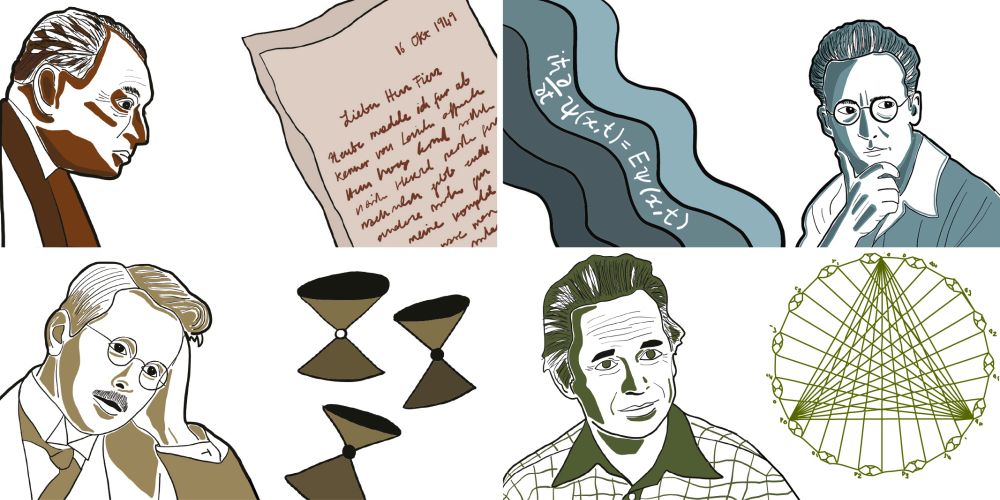
pubs.acs.org/doi/10.1021/...
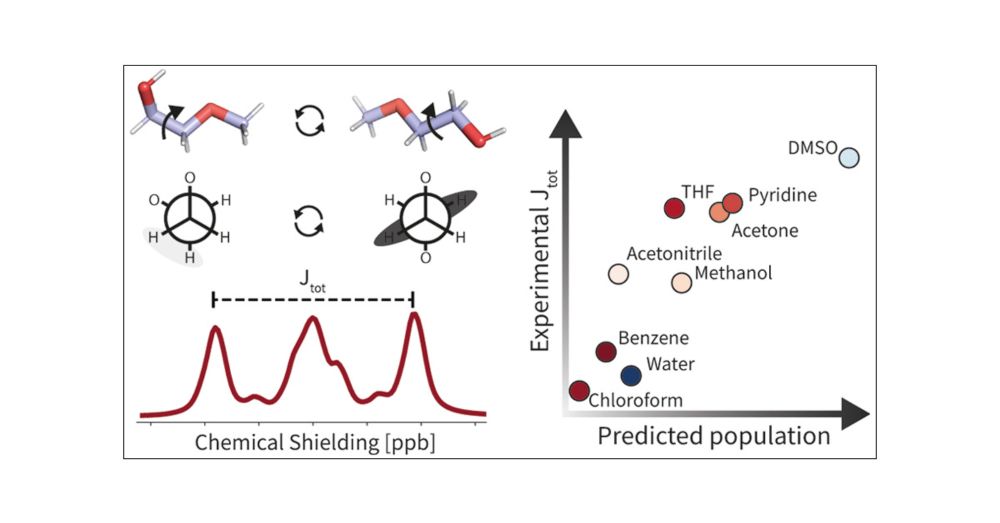
pubs.acs.org/doi/10.1021/...
The heating effect of microwaves has long been used to accelerate reactions.
The heating effect of microwaves has long been used to accelerate reactions.

